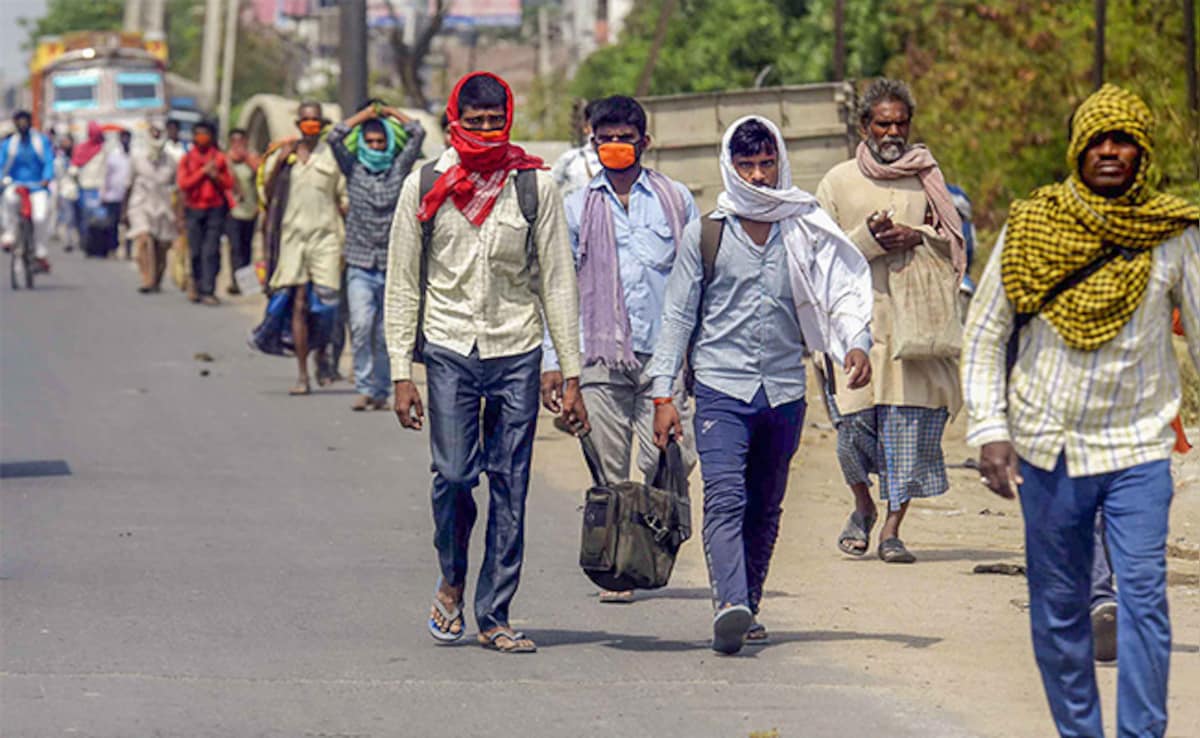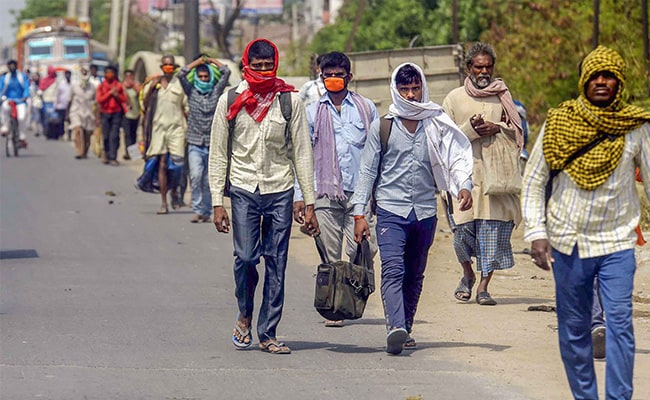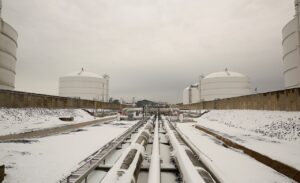

Last week, the Ministry of Statistics & Programme Implementation (MoSPI) released the factsheet of the Household Consumption Expenditure Survey (HCES) for the year 2023-24. The survey was undertaken consecutively after the 2022–23 study. Back-to-back surveys were necessary to capture sequential consumption trends, ensuring methodological consistency and data reliability. This approach facilitates the recalibration of base years for macroeconomic metrics and provides policymakers with a more granular understanding of household expenditure dynamics to inform evidence-based economic planning.
The data has some interesting findings. The average monthly per capita expenditure (MPCE) has been estimated at ₹4,122 in rural areas and ₹6,996 in urban areas, rising to ₹4,247 and ₹7,078, respectively, when accounting for the imputed value of items provided through social welfare programmes. Both rural and urban MPCEs have increased nominally by approximately 9% and 8%, respectively, from 2022-23 levels, reflecting an overall rise in consumption. Importantly, the urban-rural MPCE gap has narrowed significantly, falling to 70% in 2023-24 from 84% in 2011-12, suggesting a sustained consumption growth in rural areas. Additionally, the most significant increase in MPCE has been observed among the bottom 5-10% of the population in both urban and rural regions, highlighting improved spending capacity among lower-income groups.
The findings indicate a significant shift in household expenditure patterns, with non-food items constituting 53% of rural and 60% of urban household spending. This marks a notable trend of diversified spending and a move away from food-dominated expenditure. An EAC-PM paper by Mudit Kapoor et al., based on the unit-level data of HCES 2022-23 (unit-level data of HCES 2023-24 will be available in a few months), also points to this trend. For the first time since independence, the average household spending on food has fallen below 50% of overall monthly expenditures. The findings align with Engel’s Law, which posits that as household income increases, the proportion of income spent on food declines, even if absolute spending on food rises.
Within food categories, cereal expenditure has declined markedly, especially among the bottom 20% of households in rural and urban areas, likely reflecting the effectiveness of government food security initiatives, such as free foodgrain distribution. These trends have important implications for agriculture and nutrition policies. There is now a need to promote diverse food production, such as fruits, vegetables, and animal-source foods.
Further, key non-food expenditure categories include conveyance, clothing, durable goods, and entertainment. In food expenditure, beverages, refreshments, and processed foods dominate, indicating evolving consumption preferences. Rent contributes 7% to urban household non-food spending, underscoring the growing significance of housing costs. Notably, consumption inequality has declined, with the Gini coefficient dropping to 0.237 for rural areas and 0.284 for urban areas from their 2022-23 levels. These trends imply a positive trajectory in bridging economic disparities and enhancing living standards across India, driven by robust social welfare interventions and broad-based economic growth.
However, how are the states performing? Several decades ago, demographer Ashish Bose coined the term BIMARU, an acronym for the states of Bihar, Madhya Pradesh, Rajasthan, and Uttar Pradesh (as they existed before subsequent divisions). The term, introduced in the 1980s in a paper presented to then Prime Minister Rajiv Gandhi, phonetically resembles the Hindi word ‘bimaar’ and served as a stark metaphor for the developmental challenges these states represented. Over time, the acronym was expanded to include Odisha, forming BIMAROU. These states collectively symbolised many of the structural issues that hindered India’s progress, such as stagnant economic growth, inadequate infrastructure, poor social indicators, and persistent poverty.
The socio-economic trajectories of these states remain central to India’s overall development, given their substantial population and significant share of the country’s poverty base. With millions living below the poverty line, the performance of the BIMAROU states is crucial for national poverty reduction, employment generation, and economic growth. Their development directly impacts India’s overall metrics for poverty alleviation and human development.
If one looks at the consumption patterns in these states, one will notice that while there are massive improvements as compared to HCES 2011-12 and even HCES 2022-23, they still have lowest HCES; in some cases, it is lower than the national average MPCE. Bihar and Uttar Pradesh report the lowest rural MPCE at ₹3,788 and ₹3,578, and urban MPCE at ₹5,165 and ₹5,474. Madhya Pradesh (₹3,522 rural, ₹5,589 urban) and Odisha (₹3,509 rural, ₹5,925 urban) show slightly better figures but still fall below the national average. Rajasthan fares comparatively better with ₹4,626 rural and ₹6,640 urban MPCE but remains behind more developed states.
Overall, among the large states, Chhattisgarh recorded the lowest rural MPCE at ₹2,927, followed by Jharkhand (₹3,056) and Uttar Pradesh (₹3,578). In urban areas, Chhattisgarh also had the lowest MPCE at ₹5,114, with Bihar (₹5,165) and Jharkhand (₹5,455) close behind.
When analysing the national average Monthly Per Capita Expenditure (MPCE) for rural areas, which stands at ₹4,122, several major states fall below this benchmark. These include West Bengal (₹3,620), Assam (₹3,793), Bihar (₹3,670), Madhya Pradesh (₹3,441), Uttar Pradesh (₹3,481), Odisha (₹3,357), Jharkhand (₹2,946), and Chhattisgarh (₹2,739).
Similarly, for urban areas, where the national average MPCE is ₹6,996, a significant number of states also lag behind. These states include Assam (₹6,794), Rajasthan (₹6,574), Odisha (₹5,825), West Bengal (₹5,775), Madhya Pradesh (₹5,538), Uttar Pradesh (₹5,395), Jharkhand (₹5,393), Bihar (₹5,080), and Chhattisgarh (₹4,927).
This will have a bearing on the poverty numbers. The HCES provides detailed insights into household consumption patterns, and applying this data to a revised poverty line could give a more accurate measure of deprivation in the country. Since unit-level data will be available soon, it will be the right time to review the existing metrics, such as the consumer price index, and it will also be an opportunity to come up with a new poverty line. Also, as data shows, poverty alleviation interventions should now focus more on states like Jharkhand and Chhattisgarh apart from the usual states where MPCE is still significantly lower than the national average.
(Aditya Sinha is a public policy professional.)
Disclaimer: These are the personal opinions of the author



